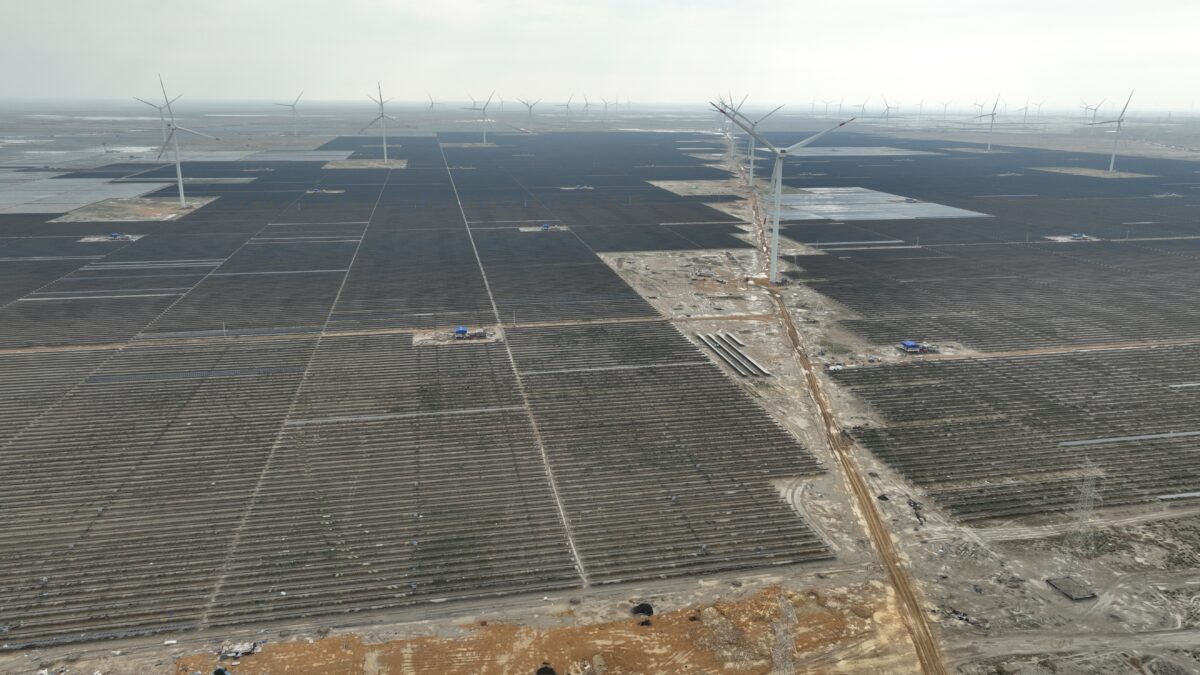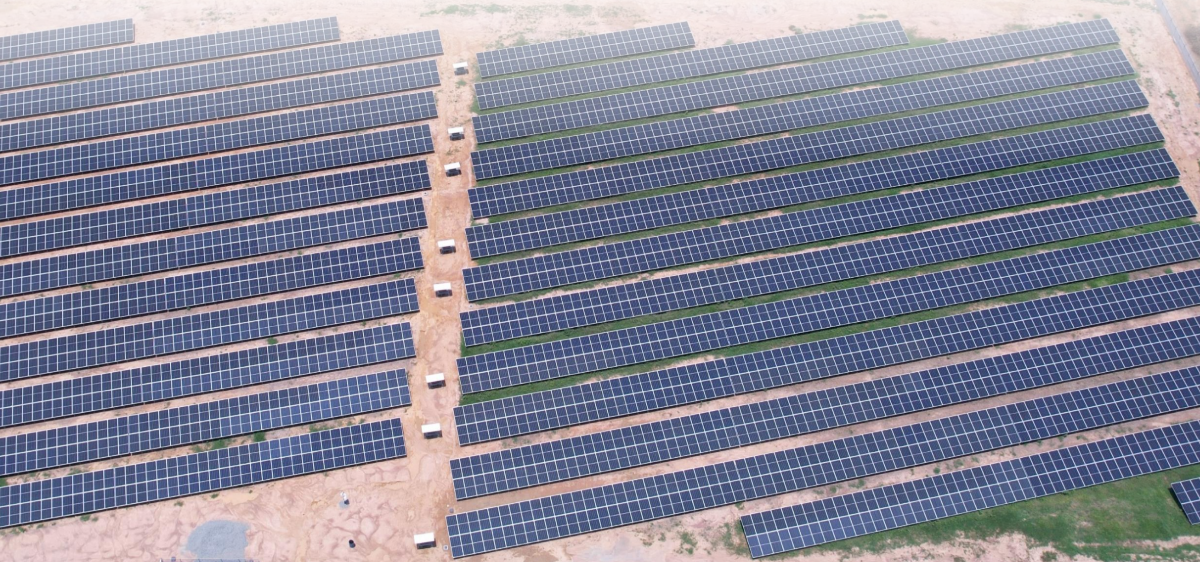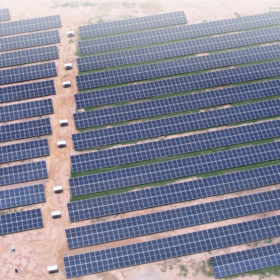India has surpassed 100 GW of installed solar power capacity. The achievement marks a significant step toward realizing its ambitious target of 500 GW of non-fossil fuel-based energy capacity by 2030 set by Prime Minister Narendra Modi.
As of January 31, 2025, India’s total solar capacity installed stands at 100.33 GW, with 84.10 GW under implementation and an additional 47.49 GW under tendering. The country’s hybrid and round-the-clock (RTC) renewable energy projects are also advancing rapidly, with 64.67 GW under implementation and tendered, bringing the grand total of solar and hybrid projects to 296.59 GW.
Union minister of new and renewable energy, Pralhad Joshi said, “Under the leadership of Prime Minister Narendra Modi, India’s energy journey over the past ten years has been historic and inspiring. Initiatives like solar panels, solar parks and rooftop solar projects have brought about revolutionary changes. As a result, today India has successfully achieved the target of 100 GW of solar energy production. In the field of green energy, India is not only becoming self-reliant but is also showing the world a new path.”
The Minister added that PM SuryaGhar Muft Bijli Yojana is making rooftop solar a household reality and is a game-changer in sustainable energy, empowering homes with clean power.
3,450% jump in a decade
India’s solar power sector has witnessed an extraordinary 3,450% increase in capacity over the past decade, rising from 2.82 GW in 2014 to 100 GW in 2025.
Solar energy remains the dominant contributor to India’s renewable energy growth, accounting for 47% of the total installed renewable energy capacity. In 2024, record-breaking 24.5 GW of solar capacity was added, reflecting a more than two-fold increase in solar installations compared to 2023. Last year also saw the installation of 18.5 GW of utility-scale solar capacity, a nearly 2.8 times increase compared to 2023. Rajasthan, Gujarat, Tamil Nadu, Maharashtra and Madhya Pradesh are among the top-performing states, contributing significantly to India’s total utility-scale solar installations.
The rooftop solar sector in India witnessed remarkable growth in 2024, with 4.59 GW of new capacity installed, reflecting a 53% increase compared to 2023. A key driver of this growth has been the PM Surya Ghar: Muft Bijli Yojana, launched in 2024, which is now nearing 900,000 rooftop solar installations.
India has also made significant strides in solar manufacturing. In 2014, the country had a limited solar module production capacity of just 2 GW. Over the past decade, this has surged to 60 GW in 2024. With continued policy support, India is on track to achieve a solar module production capacity of 100 GW by 2030.
This content is protected by copyright and may not be reused. If you want to cooperate with us and would like to reuse some of our content, please contact: editors@pv-magazine.com.









2 comments
By submitting this form you agree to pv magazine using your data for the purposes of publishing your comment.
Your personal data will only be disclosed or otherwise transmitted to third parties for the purposes of spam filtering or if this is necessary for technical maintenance of the website. Any other transfer to third parties will not take place unless this is justified on the basis of applicable data protection regulations or if pv magazine is legally obliged to do so.
You may revoke this consent at any time with effect for the future, in which case your personal data will be deleted immediately. Otherwise, your data will be deleted if pv magazine has processed your request or the purpose of data storage is fulfilled.
Further information on data privacy can be found in our Data Protection Policy.